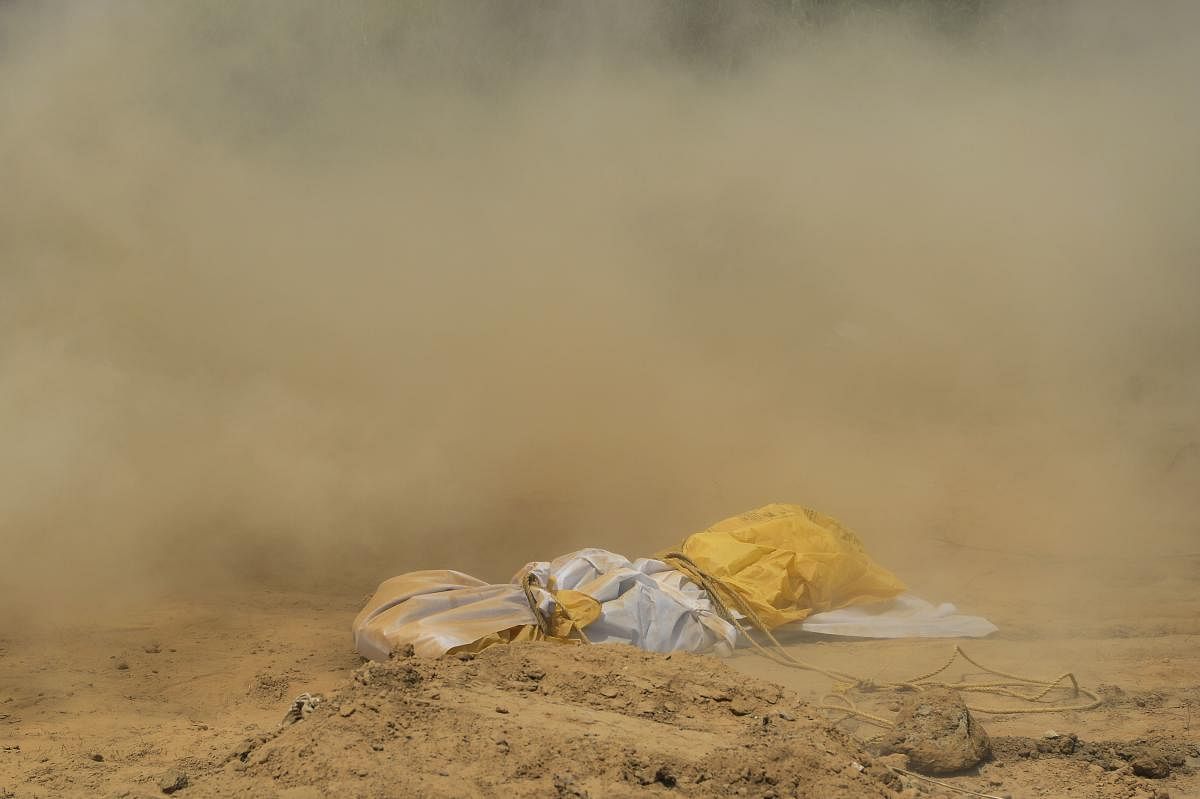
As we try to come to grips with the Covid-19 pandemic, which has killed nearly 600 in India and over 1.7 lakh people across the world so far, it is important to view this in a wider perspective of life and death as it has existed and continues to exist for most Indians and ponder over what it tells us about our society, our people, our public policy. This becomes especially important as we hear, watch and ourselves indulge in debates around lives and livelihoods over the question whether India needed this extended lockdown or not, and the huge price that we are paying in terms of both private and public revenues, with catastrophic impacts on livelihoods and life choices. We have witnessed a large number of scenes of distress that this lockdown has caused to poor people. But these are not part of coronavirus statistics. Non-Covid-19-related statistics matter to be able to view coronavirus statistics in a wider perspective.
One kind of death that has been almost entirely ‘flattened’ due to the lockdown is the one caused by road accidents. According to a Government of India report, nearly 1.5 lakh people died every year in road accidents between 2016 and 2018. The figure of 1,51,417 in 2018 included more than 22,000 pedestrians killed in accidents involving vehicles, and although data is not readily available, one can easily surmise that an overwhelming majority of those who caused those deaths would not have faced any legal action. Our police and legal systems are so complex and people-unfriendly that they remain outside the reach of a majority of people – not only poor people, but also others without power or patronage.
How many of us know or remember that nearly 8.8 lakh under-five children are reported to have died in 2018 alone in India and 69% of these are understood to have been caused by malnutrition, as per the UNICEF’s report ‘State of the World’s Children-2019’. On an average, 2,500 to 3,000 children die every day in India. Among girls between 15 and 19 years of age, who are themselves still physically growing, ‘pregnancy-related complications’ are the number one cause of death. The National Family Health Survey statistics tell us that half of India’s women between 15-49 years were reported to be anaemic in 2015. Last year, India ranked 102 among 117 countries that qualify for the global hunger index. About 20 crore people sleep hungry every day in India, not because India does not have enough food but because it is extremely unequally distributed.
These figures are obviously some of the worst in the world and though some of these have been gradually improving, the rate of improvement has been slow. We have always been told that our governments have never had enough money to invest in public health; these are the same governments that are defending the lockdown to prevent Covid-19-related deaths despite the massive economic cost of doing so. Perhaps that is because coronavirus does not distinguish between male and female, rich and poor, powerful and powerless, and perhaps because this is one disease that was brought to India by the rich, not the poor. Or perhaps, at least partly because this gives the current government an opportunity to hide the fact that it was already presiding over an economic slowdown before the pandemic hit. It can now be blamed on the coronavirus.
These statistics presented here are not to argue for or against the lockdown. That is for the governments and experts to decide. But it is to remind people that this binary between life and livelihood, as it is being made out to be, is fake and meaningless for a large section of people. ‘Life’ here refers only to those lives that are vulnerable to coronavirus. For a large section of people, livelihood also means ‘life’. Those who died walking home hundreds of miles away due to the lockdown or those who committed suicide due to stigma that has come to be attached to being coronavirus-infected also lost lives. Tomorrow, god forbid, if we see a spike in the numbers of farmers’ suicides due to either loss of crop or loss of market, that would also be loss of lives. And those who anyway have been dying and would die because of hunger, poverty, lack of access to public healthcare, or because of discrimination faced at home and outside, coronavirus or no coronavirus, are also lives lost.
It is to remind ourselves to be a little more mindful of the larger perspective and canvass of life and death while discussing coronavirus in India. The numbers of Covid-19-related cases and deaths have been frightening in Italy, Spain, the UK and the US, and it makes complete sense if we are concerned about adopting ways to prevent the epidemic from spreading to larger numbers in India. But, at the same time, it is also important to be aware of these other numbers, especially the numbers of deaths and their causes, that have been taking place in India and have remained largely unnoticed by the larger middle and higher class people. One hopes that in future, we would be ready to spend just a fraction of what we are today ready to lose to save ourselves from coronavirus on preventing the death of hundreds every day in road accidents and thousands every day from hunger and malnutrition.
(The writer is Director, Centre for Budget and Policy Studies, Bengaluru)